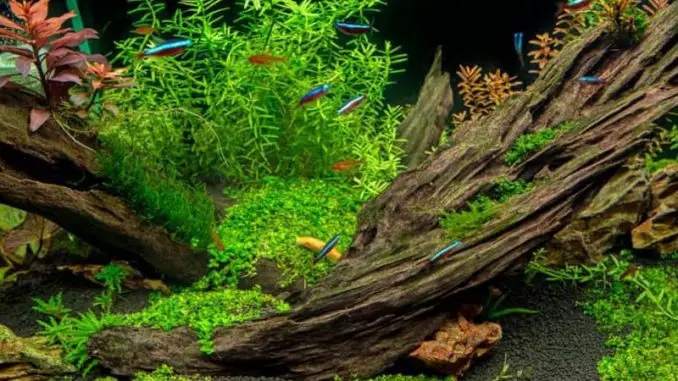
Designing an aquarium is one of the most fun parts of keeping fish. There are infinite possibilities and everyone’s tank will look different.
Aquarists that want to create a natural aesthetic might consider adding driftwood to their tank.
One option is to go out to a shop and buy some, but it is much more fun to make your own driftwood.
This is easier to do than you might think; anyone can give it a go. All it takes is patience, as there is quite a lot of waiting involved.
Read on if you’re tempted to make your own driftwood. We will talk you through the entire process and cover some other useful information along the way.
What is Driftwood?
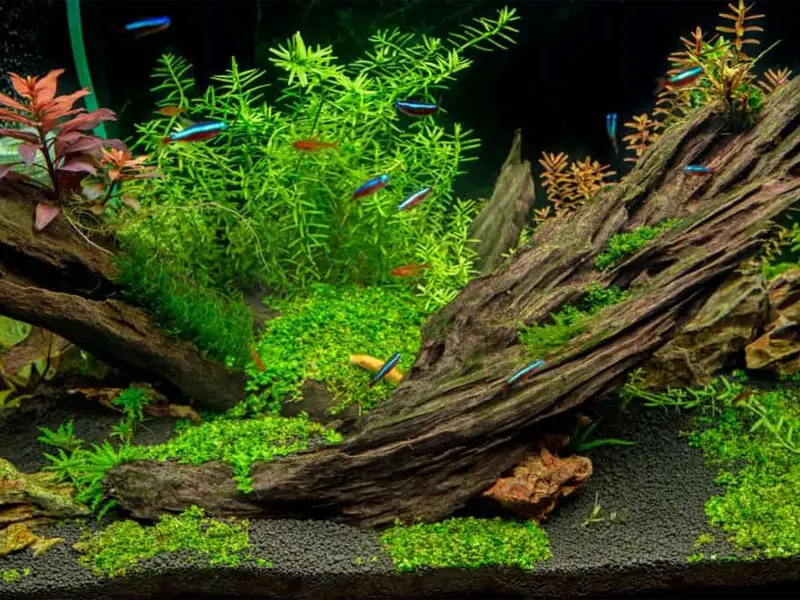
“Driftwood” is quite a broad term, but the name does a good job at summing it up. It is basically any wood that has been washed up on a shore or bank.
This definition means that one piece of driftwood can be very different from another. Pieces can vary in size, shape, and type of wood.
Most driftwood starts as broken pieces of trees that have been washed away by rain and flooding. Some pieces are called drift lumber; these pieces come from the remains of man-made objects.
Overtime in the ocean, wave action weathers the driftwood, eroding it down to smooth, hardwood. It often looks gray and twisted after years of being worn down.
In an aquarium, driftwood makes an excellent decorative piece, while also providing shelter for tank occupants.
Outside of the aquarium trade, driftwood is often used as firewood, turned into furniture, or even used as a material for sculpting.
Why Make Your Own Driftwood?
The easiest thing you could do is buy some ready-made driftwood, but where is the fun in that?
If you have some spare time on your hands, you might be tempted to make some yourself. You get a sense of accomplishment upon completion; every time you see the driftwood in your tank you can feel a certain pride with the knowledge that you made it.
When shopping for driftwood, it can be difficult to find a piece that perfectly fits your aquarium. By searching for your own wood in the wilderness, you can pick a piece that is right for you (it will need treating of course).
There are many other reasons why making your own driftwood might appeal.
Some people might not have a store near to them to buy some, others might not want to part with the money. Driftwood can be quite expensive, especially if you are looking for a big piece for a larger tank.
Whatever your motive, making driftwood is easy to do, it just takes time.
Why is Driftwood Useful?
Driftwood is very versatile because its shape can vary a lot. This means it can have lots of different uses in an aquarium.
Everyone’s needs are different, so you may not be using them for the same reason as other aquarists.
However, there are a few common uses that driftwood is added to a tank for.
Tank Design

Driftwood is great for creating a natural aesthetic in your aquarium.
There are many ways to design an aquarium, but recreating a natural habitat is the best way to make your pets feel at home. This will help them to stay stress-free and healthy, potentially living longer.
In the wild, branches and other debris often fall from trees growing above rivers and lakes. They sink to the riverbed, settling amongst plants and rocks.
Plants are another useful tool for creating a natural aesthetic, and they pair very well with driftwood in a tank. Some species can even grow attached to it.
You can use a fishing line to attach Java Moss or Java Fern directly to the driftwood; it can be removed once the plants have secured themselves naturally.
This could be a great addition to a paludarium, raising plants up in the water column and creating an interesting centerpiece.
Another way that driftwood can create a natural look in your aquarium is by releasing tannins. These “tea-stain” the water, which replicates Amazonian “Black Water”.
Amazonian fish species (like Neon Tetras) enjoy the darker water and stand out with their bright colors. If you are keeping colorful fish, there is still plenty to see even in the darker water.
The release of tannins also causes a reduction in pH. This isn’t always a benefit, but some aquarists find it a very useful way to artificially lower the pH of their water, for fish preferring an acidic environment.
Some people don’t like the effects of tannins. Don’t worry, there are ways to remove the tannins before you add your driftwood, to maintain clear water and a constant pH.
Uses for Tank Mates
Driftwood isn’t just for decorative purposes; it provides plenty of value to the inhabitants of your tank too.
This is primarily as shelter. Driftwood creates caves and shaded areas which fish will retreat to when they become stressed by tank mates or bright lights.
Some species will use these caves as a territory, claiming them as their own and defending them from other individuals. They may even use it as a place to mate and raise their young.
Adding structures like driftwood increases the surface area in your tank for bacteria and algae to grow on, which are each vital for a healthy aquarium.
There are many types of good bacteria that grow in colonies around your aquarium. These will break down harmful chemicals into less toxic forms, helping with filtration.
Algae is an important source of food for certain fish and invertebrates. Letting some grow in the tank can reduce the amount of food you need to supply at feeding times.
Algal blooms can be problematic, but allowing small amounts of algae to grow isn’t necessarily a bad thing, you just need to keep it under control during your regular tank maintenance.
Freshwater VS Saltwater

There are mixed opinions about whether driftwood should be kept in marine aquariums.
In terms of the wood itself, driftwood can go in both freshwater and saltwater. If the wood species is safe for one, it’s safe for the other.
Problems arise when you consider pH. The release of tannins causes pH to drop. This can be fine in a freshwater aquarium (if you have prepared for it) because there are many freshwater species that prefer a lower pH.
In a marine aquarium, pH usually needs to be much higher. It can be tough to maintain a high pH, so the reduction caused by tannins can be very frustrating and potentially fatal.
If you don’t have trouble maintaining a high pH, then driftwood should be fine for your marine setup. Being thorough when “curing” your driftwood will reduce the leaching of tannins and help to maintain your pH.
Using Driftwood That You Have Found
If you live near a beach, you may have found some naturally developed driftwood. It might be tempting to put this straight into your fish tank, but this could cause problems.
There are a number of things that you could be introducing to your tanks, such as bacteria, animals, or chemicals.
We have mentioned that there are good bacteria for aquariums that you want growing around your tank, but the wood you collect from outside will likely be covered in harmful bacteria.
It will be very difficult to know specifically which bacteria the wood is covered in, but there will probably be some that could mess up the balance of your aquarium and possibly kill your fish.
Other living things could be hiding within the wood because it makes an excellent refuge. If found on the shore, there could be insects inside. If found in water, it could be full of tiny aquatic creatures.
You do not want to accidentally introduce creatures that could harm the inhabitants of your tank.
The driftwood could have traces of chemicals on it, which will be toxic to your fish. The chemicals probably wouldn’t be natural, they’d be on wood that had previously been treated when used for another, artificial purpose.
Consider if the driftwood has come from a body of water that you know to be polluted, such as those next to industry, as wood can pick up chemicals from the environment too.
Driftwood you find will also be more prone to releasing tannins, which many aquarists don’t want.
There are lots of ways that putting driftwood from outside straight into your tank could be detrimental to your aquarium. Always treat your wood first.
How to Make Your Own Driftwood
There aren’t many steps in the driftwood-making process, but it will take a few weeks. It’s worth putting in the time for the sake of your fish.
An aquarium environment can be incredibly fragile, so you don’t want to throw it into chaos by introducing some poorly treated driftwood.
Making driftwood is easy; anyone can give it a go. All you need is your wood, a pan big enough to hold the wood, a bucket, a brush, and some dechlorinated water.
Designing Your Aquarium

Before getting started on making some driftwood you should have already given some thought to where it will go in your tank.
You don’t want to put all of the time into making some driftwood, only to find at the end that it doesn’t compliment your aquarium as well as you wanted.
Think about the size that you need it to be and which way you will position it when sat on the substrate.
It is often recommended that you draw a sketch of your ideal aquarium. This allows you to experiment with the design of your aquarium without having to physically move everything around, which would stress your fish if your tank is already established.
Your sketch doesn’t need to be a work of art, it just needs to help you to visualize each of your ideas so you can pick a favorite.
Once you know what you want, you can get started on making it a reality.
Choosing the Driftwood
This is an important step because if you pick a bad piece of wood then you’ll either cause problems in your tank or the rest of the method won’t work very well.
You can’t just put random sticks from outside your house into your aquarium, this could introduce something nasty to the water like bacteria or chemicals.
Pick pieces of hardwood. Softwoods often contain sap and resin that can slowly leach into your aquarium water. They are also more prone to rotting.
You can usually tell if a tree is softwood because it won’t shed its leaves.
However, you won’t always know what tree a piece of wood has come from, so you’ll have to test it by trying to dig your fingernail in. If you can’t do this, it’s probably hardwood.
There are many different types of hardwood; some are desired over others for various reasons. For example, Manzanita is a wood that contains fewer tannins, so it is sought after by aquarists who are worried about the clarity or pH of their water.
Some types are prized for their ability to stay sat on the substrate without being weighed down, such as African or Malaysian driftwood.
You probably won’t have the luxury of finding these wood species around your local area, so stick to searching for hardwood of an appropriate size for your tank.
Smaller pieces are less likely to rot or contain creatures/fungus inside.
Most aquarists head to a local beach or lake looking for driftwood, but you can find suitable pieces in the general wilderness.
If the wood you choose is from the sea, make sure you follow the rest of the steps carefully. The curing process will help to remove salt that may be in/on the wood. You don’t want to accidentally introduce salt to your freshwater setup.
Cleaning the Driftwood
The wood you find will be dirty. This might be obvious if it’s covered in mud, but dirt can be less apparent too. Either way, the piece will need a good clean.
To remove large bits of debris, spray it outside with a hose, or simply agitate it under running water.
After that, use a brush with firm bristles to thoroughly scrub the exterior of the wood. Be sure to clean the whole piece; try to get into every crack and crevice possible.
Do not use any soaps or chemicals to help you because they will eventually find their way into your aquarium and could kill your fish. Only use hot water.
As you clean, look out for any sharp edges. Sand these down so they don’t injure an unsuspecting fish.
It is recommended that you remove any bark at this stage too. Bark makes a great hiding spot for insects and it could rot.
Scrubbing the driftwood is great for cleaning the outside or your driftwood, but nobody knows what could be lurking within. We will move on to sterilizing the inside later.
Curing the Driftwood
This step takes a long time, but it is crucial, especially if you don’t want tannins to be released into your water.
You must soak your driftwood in dechlorinated water, making sure it is always fully submerged. Do this for as long as possible. It should take at least a week, but aim for 4 weeks.
Soaking the wood in this way helps to waterlog it. Sometimes driftwood is too buoyant and will float up to the surface; waterlogging will hopefully ensure that it stays on the substrate.
Another benefit of soaking the wood is that it allows time for tannins to be released. Over time, tannins will leach into the water.
If you don’t put the time in to let all the tannins be released during soaking, then they will be released into your aquarium instead.
This will cause your water to darken and decrease in pH, which many aquarists don’t want.
Check your driftwood each day as it soaks. You will notice the water gradually darken as the tannins are released. Empty the water and rinse the driftwood, then add new water and leave it to soak again.
Keep repeating this process. The water will be lighter each time. Once the water remains clear for a few days in a row, the curing stage is over.
Boiling the Driftwood
Boiling the driftwood is useful for a couple of reasons.
Firstly, it helps with curing. Boiling water encourages the tannins in the wood to be released faster, which speeds up the curing process.
This is similar to pouring boiling water on a teabag. Coldwater would be less effective at dispersing the tea.
The main reason to boil your driftwood is for sterilization. The boiling water will kill algal or fungal spores living inside the piece of wood, as well as any living things you wouldn’t want to be introduced to your aquarium.
You will need to boil the wood for at least 1-2 hours to properly sterilize it. You can do this before or after the curing process, some people even do it twice.
The boiling process can be difficult if you have a large piece of driftwood. Most people don’t have massive pans that can submerge their entire piece.
You can buy large pots that will be able to hold most pieces of driftwood.
If you can’t find a suitable spot, or just don’t want to buy one, then you may have to make a smaller piece.
Placing the Driftwood
By following the previous steps, you should now have your own driftwood that is ready to be placed into your aquarium.
If you made sketches before starting the process, look back at these to see if they’re still what you want.
The easiest time to add your driftwood is during a partial water change, which you should be doing regularly anyway to keep your water clean.
If your driftwood is particularly buoyant, you may have to tie/weigh it down so that it stays in place on the substrate. Hopefully, your piece will become waterlogged over time.
Keep a closer eye on your aquarium over the next couple of months. Look out for any unwanted darkening of the water due to tannin release.
Check the water parameters closely too, to identify any associated change in pH.
If something goes wrong, remove the driftwood. It may need curing for longer.
Buying Driftwood for Your Aquarium
If you would rather save yourself some time and are willing to part with the cash, there is plenty of driftwood available in pet stores.
This comes in all shapes and sizes, so you can pick a piece that best suits your aquarium. Larger pieces will cost you more.
Only buy pieces that are specifically advertised as being for aquariums.
Driftwood is sold for many purposes, for example as ornaments or for reptiles, but these might be treated with chemicals, which would be toxic for your fish and lead to health problems.
Store-bought driftwood can still release tannins and stain your water. Some people like that this produces an Amazonian “Black Water” effect, but you can use chemical filter media like activated carbon to improve water clarity if not.
Boiling store-bought driftwood will help to prevent any issues.
Summary
There are many reasons to add driftwood to an aquarium. It makes a great decoration and your fish will appreciate having somewhere to hide.
Hopefully, you should now feel confident about making your own driftwood. It isn’t difficult to do, but you need to be prepared to wait up to 4 weeks to complete the process.
It is always safest to put the time in and be confident that your wood is properly sterilized and cured. Rushing the process could cause problems down the road.
Making driftwood is a great project for someone who has some spare time or is looking for a specifically shaped piece of wood to fit their aquarium perfectly. An added bonus is that you will save some money along the way.
Have you tried making driftwood before? Let us know how it went in the comments below…

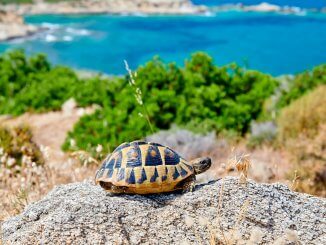
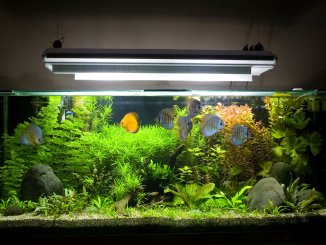
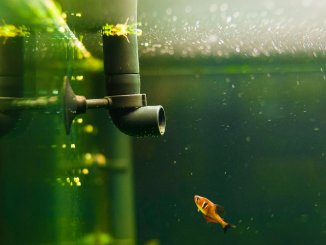
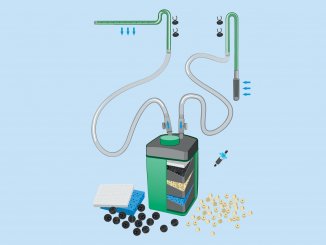
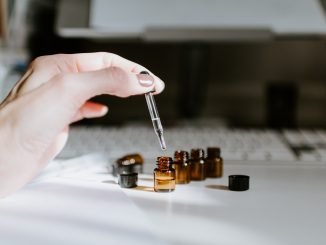
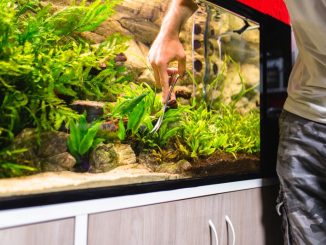
Thanks for the article. Now I can make my own driftwood for my aquarium using driftwood that I have found in brackish water. I hope they work and I don’t have to spend money on commercial driftwood.